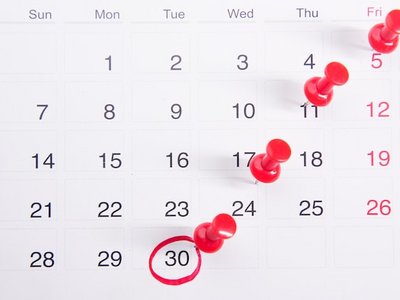

The training series for contact persons consists of three thematic modules and will take place online. The overarching topic is social media in science communication. Two experts will provide insights into the opportunities and challenges of using different platforms and formats. The entire series is in German.
Unit 1: Science for all or just fake? Social media as a tool for science communication
Content: Social media has become an integral part of science communication. Platforms that enable direct interaction with different target groups are an opportunity to reduce the distance to science and to present research results, scientists and projects in an interesting and target group-oriented way. At the same time, science communicators often experience hostility on social media. Disinformation is omnipresent. In addition, the requirements for formats, content and community management change with every new platform. What strategies are there to meet these challenges? How can the possibilities of social media be used in the best possible way for science communication?
Speakers: Johanna Barnbeck (artistic researcher and communications consultant) and Martin Tschiggerl (Austrian Academy of Sciences)
Date: February 28, 2024, 14:00-16:00
Unit 2: A (moving) picture is worth a thousand words? Videos and images in science communication
Content: Online communication and formats on social media are becoming increasingly visual and dynamic. Images are no longer just accompanying texts, but are often the central content themselves, such as on Instagram. For some years now, however, videos have also been moving into the focus of platforms. Short formats such as on TikTok, Instagram Reels and YouTube Shorts, as well as longer YouTube videos, have become central to reaching young target groups in particular and have great potential for communicating scientific content at a low threshold. Which visual formats are suitable for science communication and what needs to be considered when implementing them? How can the YouTube and TikTok platforms help to reach target groups with scientific content that otherwise have little contact with it?
Speakers: Mikhail Lemeshko (Institute of Science and Technology Austria) and Simon Meier-Vieracker (Dresden University of Technology)
Date: June 12, 2024, 14:00-16:00
Unit 3: Open your ears! Podcasts and radio formats for communicating science
Content: Podcasts are now available on every topic and for every taste - from tabloid topics to shop talk, from complex radio formats to kitchen table conversations, everything is included. Audio formats are also used for scientific topics and are becoming increasingly popular, as they promise a nuanced exchange and allow researchers to have their say. But who can be reached with science podcasts and how can the content be prepared in an entertaining and low-threshold way? What motivations of the podcast makers are relevant?
Speakers: Christiane Attig (University of Lübeck) and Melanie Bartos (University of Innsbruck)
Date: November 27, 2024, 14:00-16:00
The training series is aimed at Young Science and Citizen Science contact persons at Austrian research institutions. Participation is free of charge, please register using the links above.
Your research institution does not yet have a Young Science and/or Citizen Science contact person? If you would like to appoint one, simply write to us at citizenscience@oead.at
